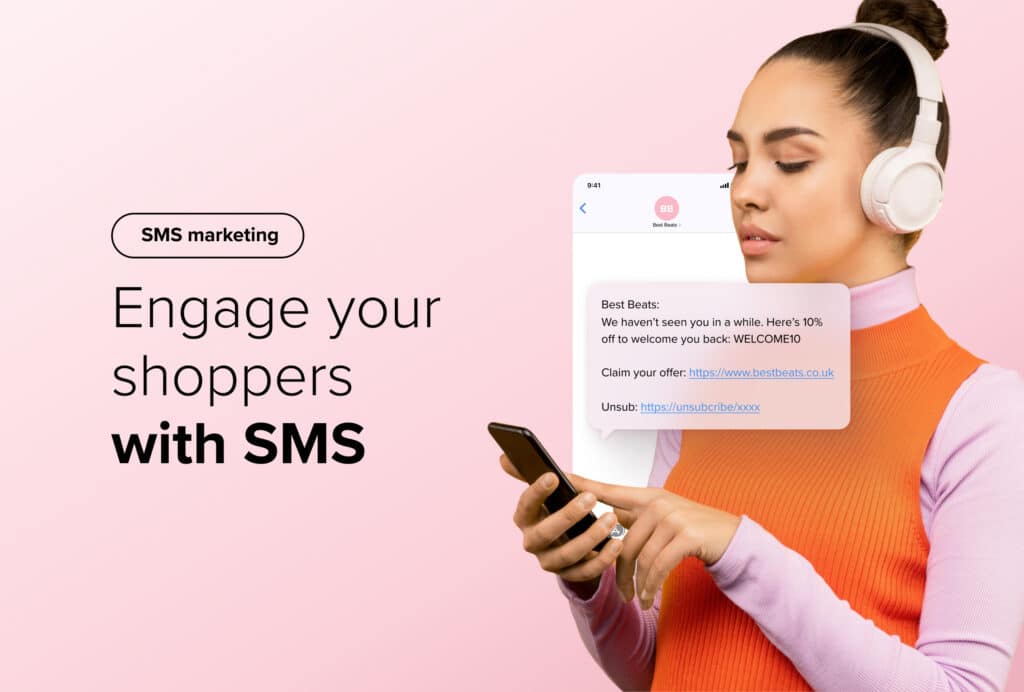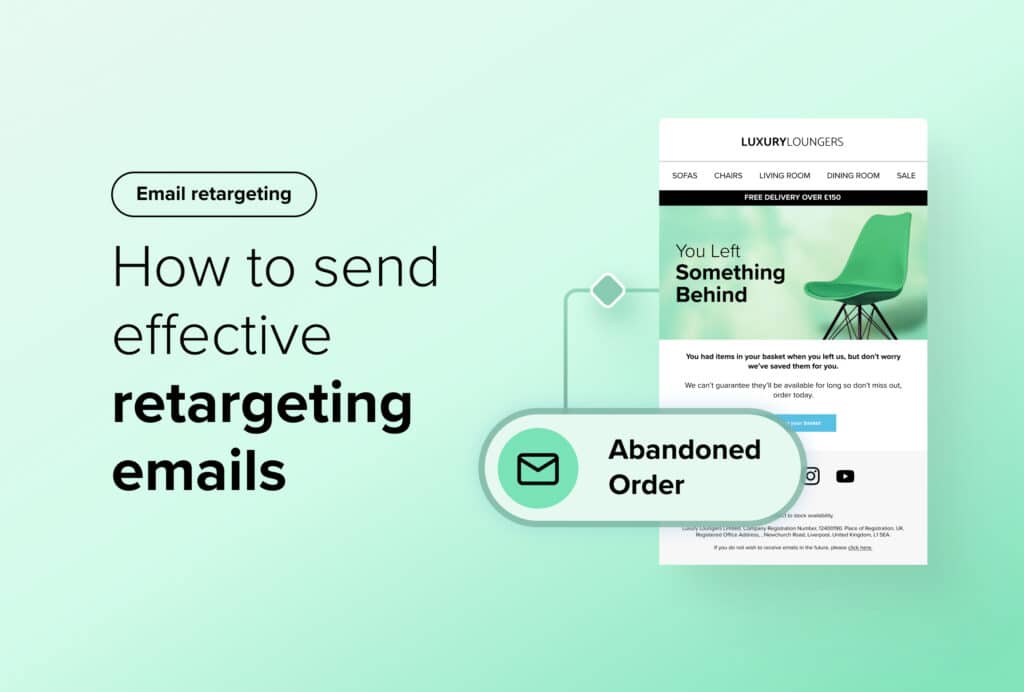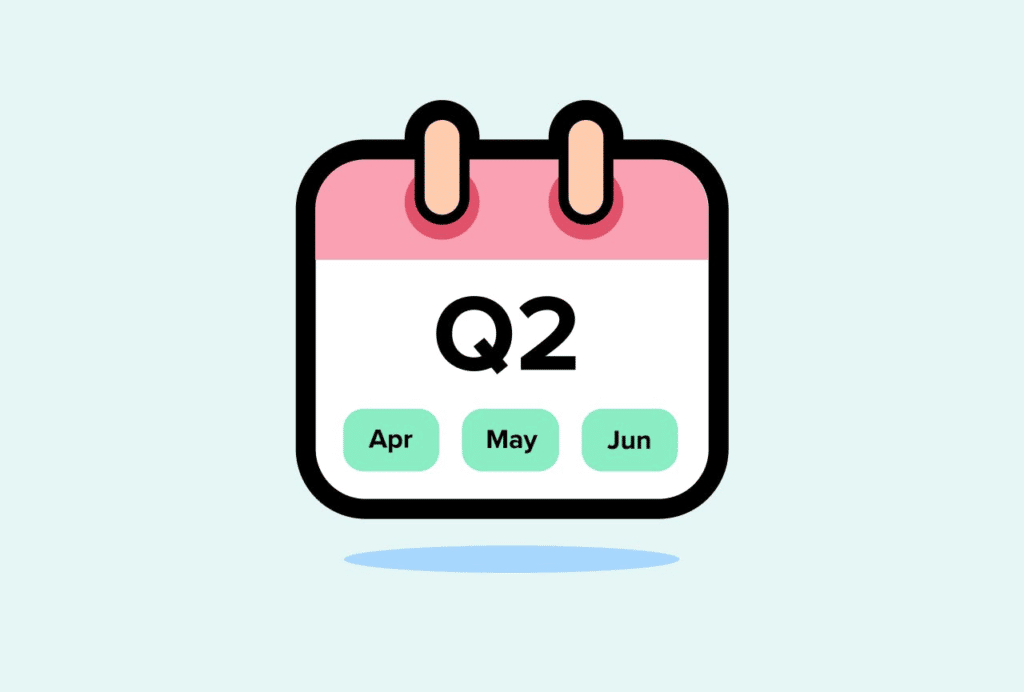
It’s official. The daffodils are blooming and the lighter nights are creeping in. Spring, Q2 and the warmer months are the blink of an eye away, so there’s no time to wait.
For many customers, Q2 is the season of preparation. Whether it’s a new wardrobe, arranging a vacation or clearing the garden for a summer BBQ.
If consumers treat it this way, why aren’t eCommerce businesses?
We’ve pulled together our top tips to help prepare for Q2 and get your site ready for success.
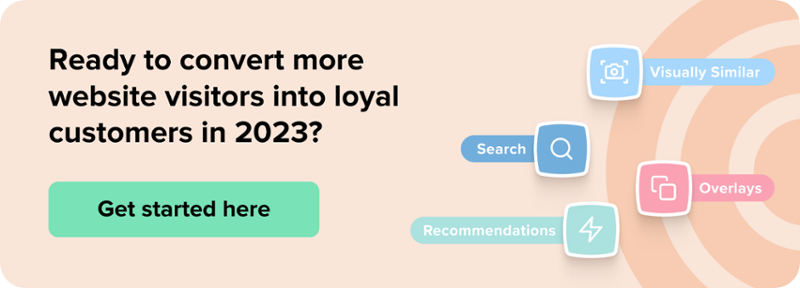
Preparing for Q2
For the most part, life is now business as usual compared to the last two years we’ve had.
Online shopping has now become a comfort and standard practice for many consumers, with research from Reuters showing that 70% of Brits prefer shopping online following the pandemic.
This has caused a huge shift in consumer behaviour and is all the more beneficial to eCommerce businesses.
So with the next period set to be just as busy as recent years, it’s vital to get ahead of the curve and prepare your business.
Below are five ways you can ensure you maximise results from your Q2 campaigns.
1. Be aware of key dates in Q2
With a change of seasons comes a change in mindset for consumers.
It’s important to be aware of the key dates that are up and coming to give yourself plenty of time to prepare strategies or campaigns that will best suit the occasion.
Take Earth Day for example, on and around the 22nd of April is the perfect time to emphasise your eco-friendly values or practices.
Have a sustainable range? Even better. You can use tools like Recommendations or Overlays to promote this range helping you boost sales and conversions.
This can be applied to almost any key date, of course, but it’s a great way to change up your offerings while showing your brand values – the perfect match to building stronger customer relationships.
You can also have a little fun with this quarter’s bigger key dates like Easter. Create an engaging user experience with seasonal updates to your design, or hide messages or discounts across your site for a virtual easter egg hunt.
2. Optimise your eCommerce site with personalisation
Unfortunately, there’s no magic button to suddenly optimise your eCommerce site – but there is a magic formula.
This magic formula consists of various tricks and tips to make the most of your site and it starts with personalisation.
Consumers nowadays expect personalisation as a standard, with 83% of consumers willing to share data to enable a personalised experience.
Tailored messaging and relevant recommendations encourage your users to build bigger baskets and are proven to improve your customers’ experience and drive conversions.
That’s why tailored campaigns relating to key dates is a win-win as it’s not your same old content.
All of this helps the customer move through the sales funnel to complete a purchase.
Related: The benefits website personalisation can have for your eCommerce business.
3. Provide seamless customer experiences
The customer experience should be at the forefront of any eCommerce business’s mind.
The first step to providing a seamless and effortless experience for your customers is optimising your site for both desktop and mobile.
This keeps it consistent and cohesive no matter where your shoppers come from and allows them to shop the way they want without any issues.
Take your previous campaigns into consideration, this can shed light on issues such as customer engagement, drop-off points and customer satisfaction.
By reflecting on the stats, you will identify the key areas to focus on in Q2.
Plus, providing a seamless shopping experience will strengthen your customer loyalty, build your brand reputation and encourage repeat purchases for your future campaigns.
Related: Drive eCommerce sales with a seamless shopping experience.
4. Utilise data and trends
Data is every eCommerce business’s best friend, and now is the time to conduct market analysis.
Analysing and identifying trends will not only spark inspiration for your future campaigns but allow you to see what went well, or what didn’t so you can make adjustments where appropriate.
Benchmarking against your competitors through an eCommerce analytics platform like TrendDesk is another great way to identify and capitalise on trends within your industry for upcoming key dates.
Take it further – using audience and data analytics will allow you to segment your audience by their attributes, ranging from their location, time spent on product pages or purchase behaviours.
By doing this, you will be able to provide a truly personalised experience for your visitors through the use of artificial intelligence and machine learning.
Related: How utilising trends and data can strengthen the customer experience.
5. Looking ahead to Q3
Having a static mindset and only preparing for Q2 will end up wasting resources, time and likely money.
It’s never too early to plan and have your marketing campaigns in the pipeline ahead of time.
To do this, you need to determine your strategic position, develop a strategic plan then review and revise your plan.
As we look ahead into Q3 we can expect a quieter period for eCommerce due to fewer key dates. However, focusing on travel, summer holidays and back to school dates presents campaign opportunities.
Ultimately, your end goal is to drive sales, provide excellent customer service, have a clear customer journey and increase your conversion rate.
So, by making the most of these tricks and tips now, you are positioning yourself well against your competitors and by ensuring you’ve got the right tools in place to maximise conversions in the months to come.
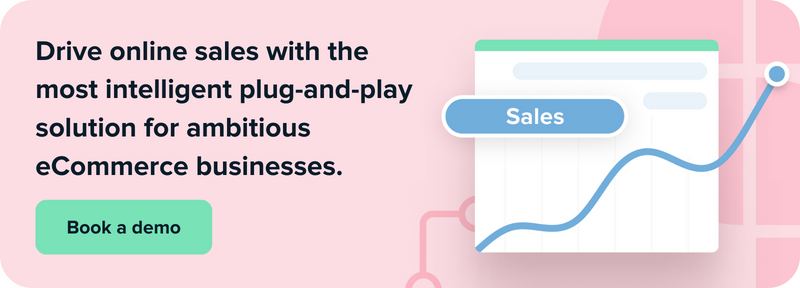
See how Salesfire can help you optimise your product discovery experience, email one of our experts at enquiries@salesfire.com or book a free demo of our personalisation tools.


